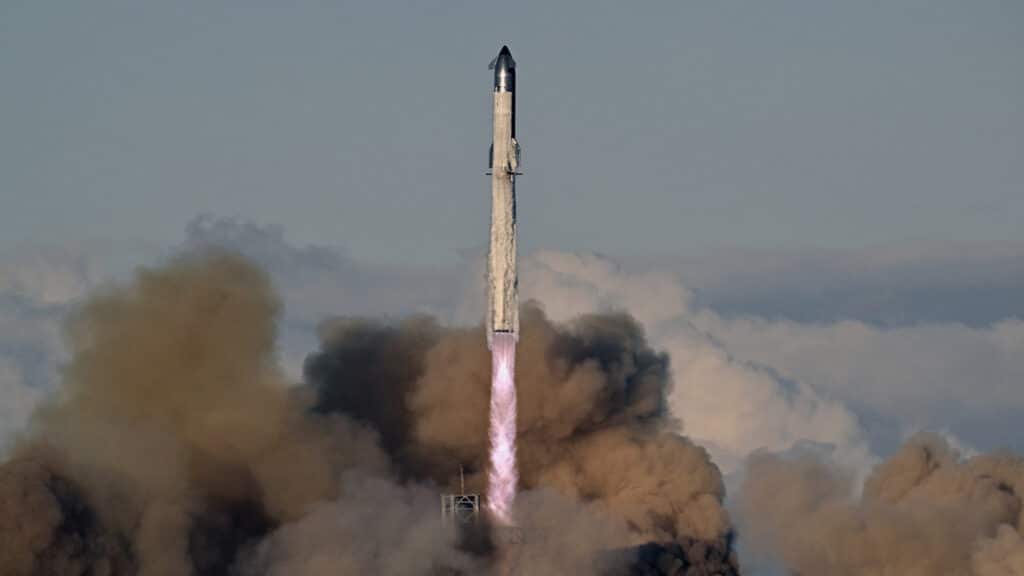SpaceX launches final test flight of current-gen Starship ahead of upgrade

On Oct. 13 at 6:23 p.m. Central Time, SpaceX’s 11th Starship successfully launched from Starbase, Texas, marking the final flight before the beginning of the test phase for the company’s next generation of rockets, Reuters reported.
The Super Heavy booster — the first stage of SpaceX’s Starship launch system — executed a controlled descent after separating from the upper stage and achieved a soft water landing in the Gulf of Mexico approximately seven minutes post-liftoff, as part of testing a refined landing-engine configuration before its planned self-termination.
According to SpaceX, Starship reached its planned velocity and trajectory, released eight dummy Starlink satellites, relit its engines in space, and gathered data on heatshield performance under stress test conditions. In its closing flight phase, Starship performed a dynamic banking maneuver to mimic the trajectory that future missions returning to Starbase will follow. The spacecraft then used its aerodynamic flaps to guide itself to the pre-planned splashdown zone in the Indian Ocean, successfully executing a landing flip, landing burn and soft splashdown.
The company now shifts focus to the next generation of Starship and Super Heavy, designed for future orbital flights that advance SpaceX’s goal of developing a fully reusable vehicle capable of traveling to the Moon, Mars and beyond.
Kursiv.media previously reported on the first female Kazakhstani space tourist. She participated in a Blue Origin 36th mission.

